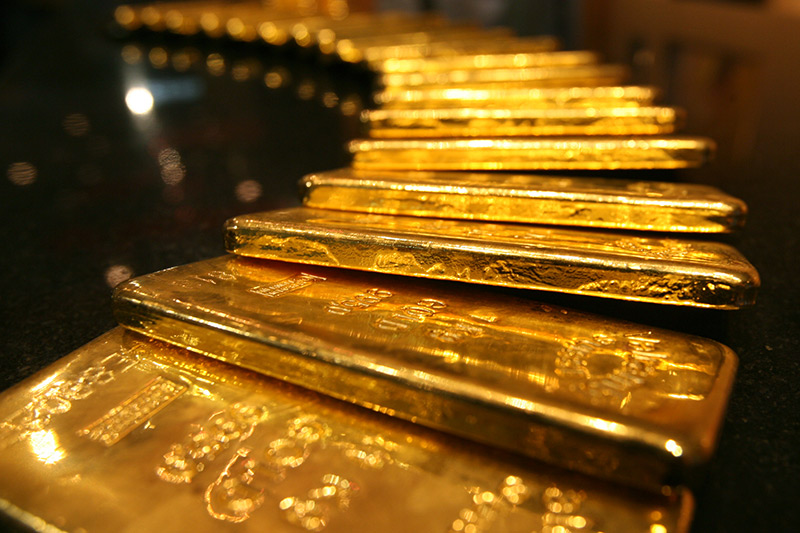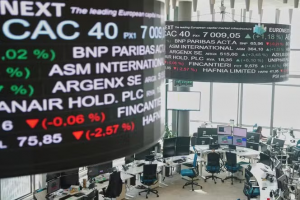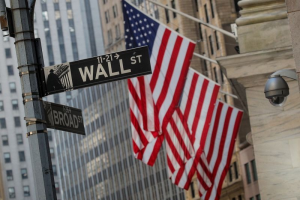Gold continues to be regarded as a safe-haven investment, especially in today’s volatile global economy.
In an email correspondence with Investing.com, Steven Feldman, CEO of GBI, attributed the continued importance of gold as a safe-haven investment to heightened levels of uncertainty stemming from inflation, rising debt levels, and geopolitical instability.
Political unpredictability, such as the disruptive nature of figures like Donald Trump, amplifies market volatility.
Feldman emphasizes that even in the absence of severe crises, these uncertainties weigh heavily on financial markets.
Since 2000, gold has delivered impressive returns, often outperforming the stock market, making it a valuable asset for long-term wealth preservation.
For younger investors who are new to precious metals, gold offers a hedge against volatility while demonstrating growth potential over time.
Gold plays a crucial role in diversifying investment portfolios by mitigating risks associated with market volatility, inflation, and systemic shocks.
Feldman says that many portfolios are overly concentrated in traditional financial assets like stocks and bonds, which are vulnerable during economic downturns.
“A strategic allocation to gold—typically 5% to 10%—can provide meaningful diversification, helping to reduce overall portfolio risk,” Feldman said.
Feldman points out that central banks’ record levels of gold purchases underline its enduring importance in an evolving economic environment.
Gold’s impressive performance over the past two decades solidifies its reputation as both a growth asset and a hedge against uncertainty.
The rise of digital and fintech platforms has revolutionized how people invest in gold. Feldman said that institutional platforms like GBI provide advantages by offering direct access to physical gold through a global marketplace where refiners, dealers, and bullion banks compete for orders.
GBI’s platform ensures optimal pricing, full allocation, and liquidity, which are critical features for investors seeking security and flexibility.
“In contrast to many digital offerings that provide only paper exposure, our platform ensures real ownership, aligning with the same strategies central banks are implementing by acquiring physical gold at record levels,” Feldman said.
Several misconceptions persist about investing in gold. Feldman identifies a common myth that gold is solely a crisis hedge with no growth potential.
In reality, gold has outperformed many traditional asset classes since 2000, serving both defensive and offensive purposes in a portfolio.
Another misconception is that gold’s performance is exclusively tied to inflation. While inflation is a significant factor, other drivers—such as rising debt levels, currency devaluation, and central bank purchasing trends—also influence gold’s value.
Finally, concerns about the complexity of buying and storing gold are addressed by platforms like GBI, which simplify ownership through secure and insured infrastructure.
Educating investors about these realities is critical to positioning gold as a strategic long-term asset.
Despite the rise of cryptocurrencies and digital assets, Feldman asserts that gold remains highly relevant and, in many cases, more reliable.
Unlike cryptocurrencies, gold has no credit or counterparty risk, is universally accepted, and has preserved purchasing power for thousands of years.
Cryptocurrencies, while innovative, are highly volatile and face unresolved regulatory and technological challenges.
Feldman notes that institutional investors, as well as central banks, continue to prioritize gold for wealth preservation. Its intrinsic value, liquidity, and stability make gold an essential cornerstone of a diversified investment strategy.
For younger investors deciding between physical gold and gold-backed products like ETFs or digital gold, Feldman advises evaluating long-term goals and risk tolerance.
Physical gold offers true diversification without credit or counterparty risks, making it a tangible and secure store of value.
Gold-backed ETFs and digital products, on the other hand, provide convenience and liquidity for shorter-term strategies but come with fees and exposure to financial market risks.
Feldman notes a trend among investors starting with ETFs for accessibility before transitioning to physical gold for enhanced security and diversification.
GBI bridges these needs by enabling fractional purchases that can scale into physical ownership, making gold investment accessible to all investors.













